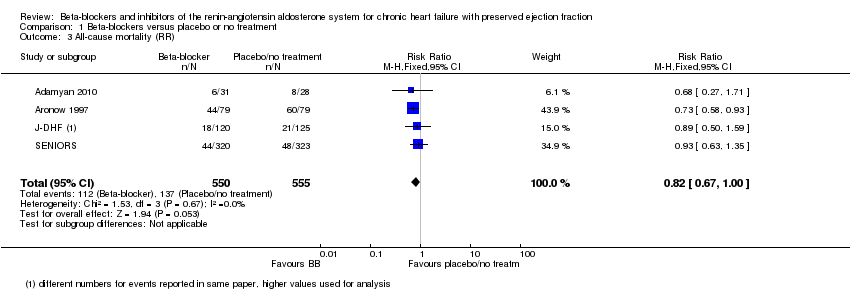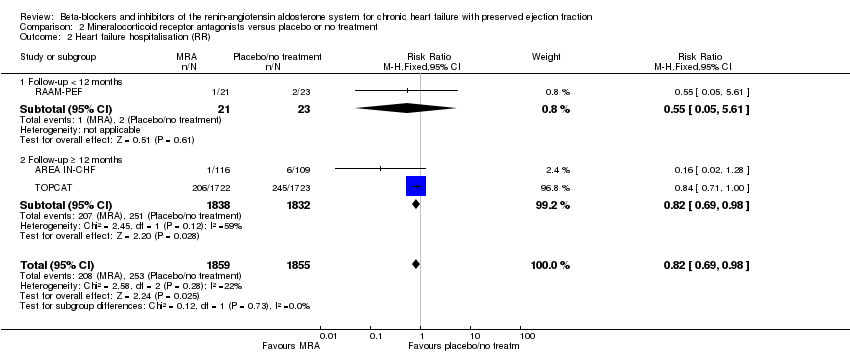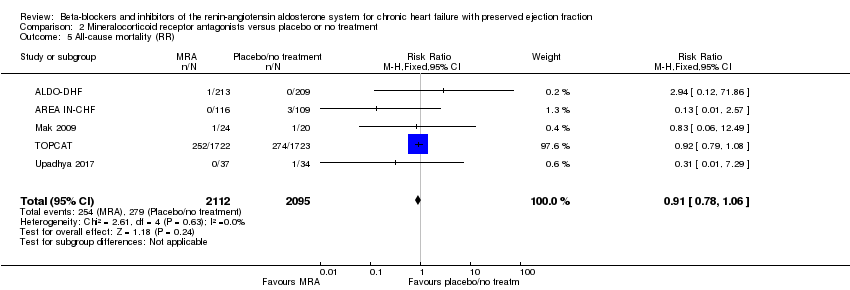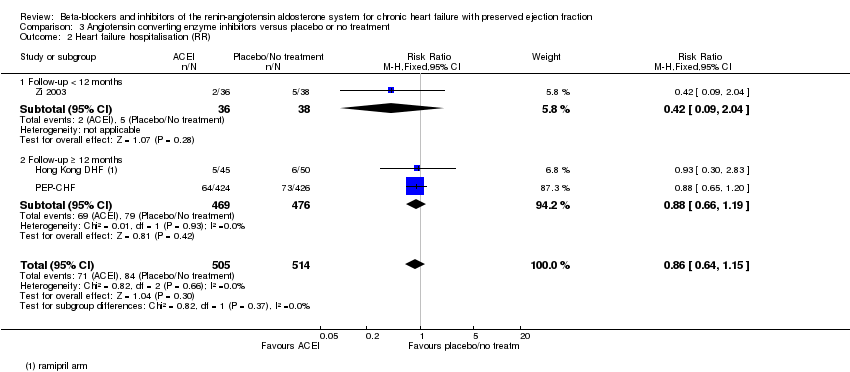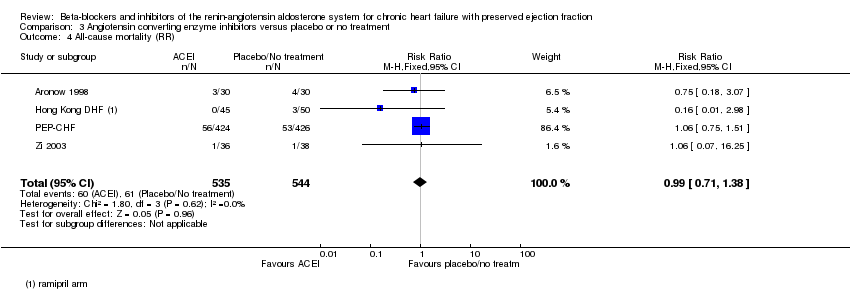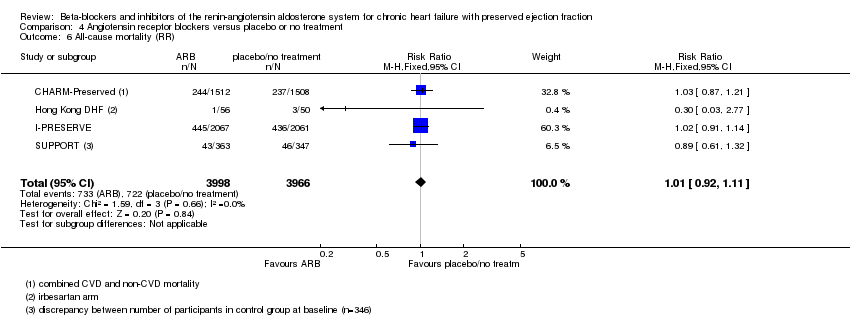Contenido relacionado
Revisiones y protocolos relacionados
Nicole Martin, Karthick Manoharan, Ceri Davies, R Thomas Lumbers | 22 mayo 2021
Andrea Driscoll, Judy Currey, Andrew Tonkin, Henry Krum | 21 diciembre 2015
Balraj S Heran, Vijaya M Musini, Ken Bassett, Rod S Taylor, James M Wright | 18 abril 2012
Edmund YM Chung, Marinella Ruospo, Patrizia Natale, Davide Bolignano, Sankar D Navaneethan, Suetonia C Palmer, Giovanni FM Strippoli | 27 octubre 2020
Samer Alabed, Ammar Sabouni, Suleiman Al Dakhoul, Yamama Bdaiwi | 23 julio 2020
Yu Jie Chen, Liang Jin Li, Wen Lu Tang, Jia Yang Song, Ru Qiu, Qian Li, Hao Xue, James M Wright | 14 noviembre 2018
Meaghan Lunney, Marinella Ruospo, Patrizia Natale, Robert R Quinn, Paul E Ronksley, Ioannis Konstantinidis, Suetonia C Palmer, Marcello Tonelli, Giovanni FM Strippoli, Pietro Ravani | 27 febrero 2020
Sanam Safi, Naqash J Sethi, Emil Eik Nielsen, Joshua Feinberg, Christian Gluud, Janus C Jakobsen | 17 diciembre 2019
Charles S Wiysonge, Hazel A Bradley, Jimmy Volmink, Bongani M Mayosi, Lionel H Opie | 20 enero 2017
Marco I Perez, Vijaya M Musini, James M Wright | 7 octubre 2009
Respuestas clínicas Cochrane
Jane Burch, Benilde Cosmi | 23 septiembre 2019






